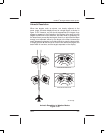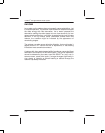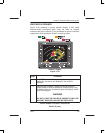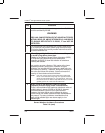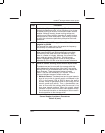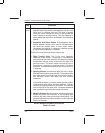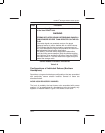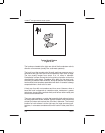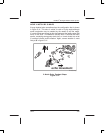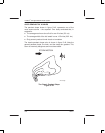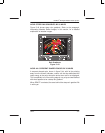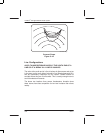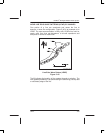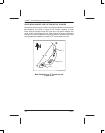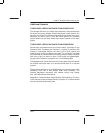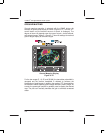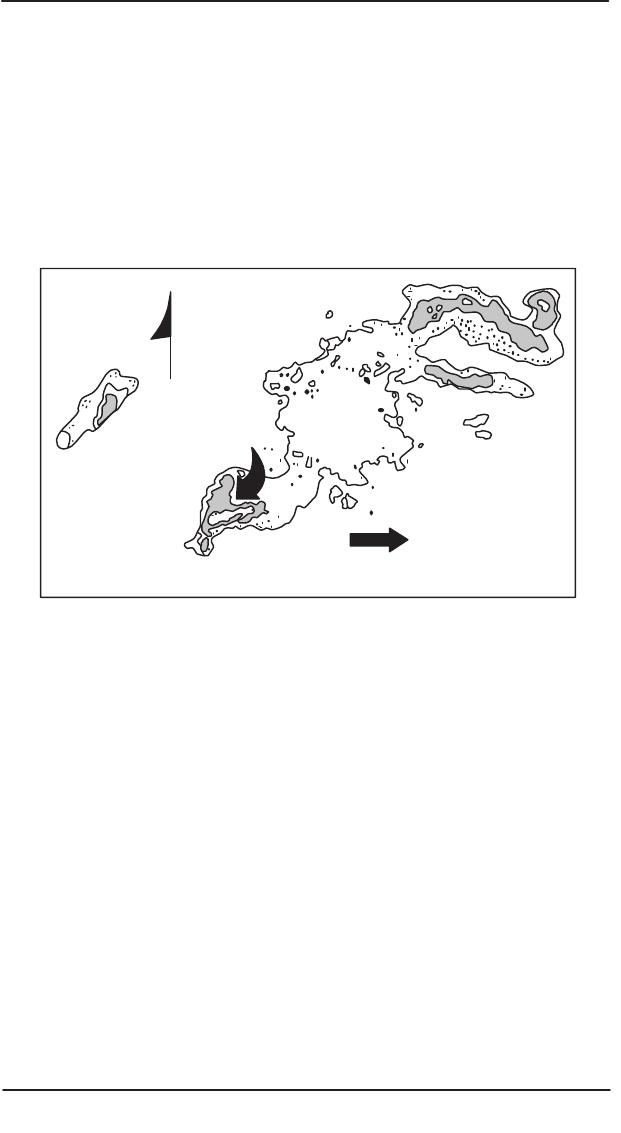
PRIMUS
R
660 Digital Weather Radar System
A28–1146–111
REV 2 5-49
Radar Facts
AVOID V–NOTCH BY 20 MILES
A large isolated echo sometimes has the configuration that is shown
in figure 5–41. This echo is called V–notch or flying eagle although
some imagination may be needed by the reader to see the eagle.
V–notch echoes are formed by the wind pattern at the leading edge (left
front) of the echo. Thunderstorm echoes with V–notches are often
severe, containing strong gusty winds, hail, or funnel clouds, but not all
V–notches indicate severe weather. Again, severe weather is most
likely at S in figure 5–41.
N
v
s
echo movement
AD–15561–R1@
V–Notch Echo, Pendant Shape
Figure 5–41



